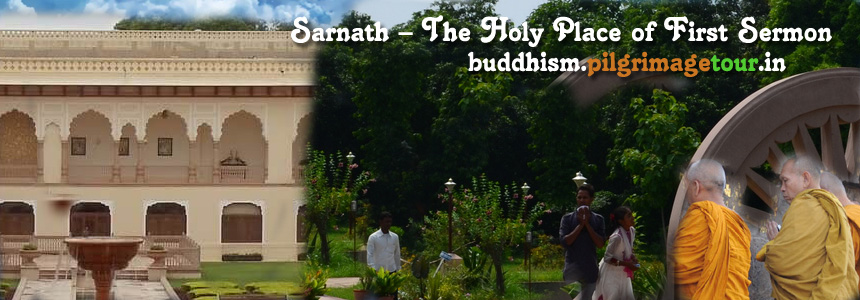An oasis of peace and serenity away from the chaos of the holy Varanasi. That the holiest of Hindu pilgrimage destinations lies close to one of the most hallowed of Buddhist holy sites is truly remarkable. What does the serene spiritual abode near the chaotic Varanasi offer to its visitors? Let us find out.
Buddha’s first sermon
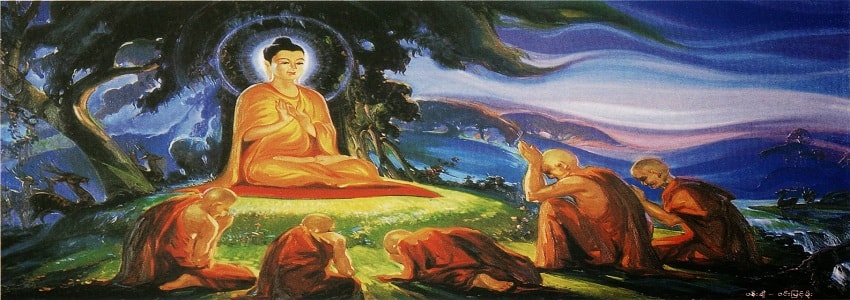
Sarnath’s blessed aura comes from its having served as the sacred ground for the world’s first Buddhist sermon. Lord Buddha stepped into his role as a spiritual Teacher at the very premises of its famed Deer Park. After attaining enlightenment in Bodh Gaya, Buddha shared the teachings of Dharma with five of his companions with whom he had earlier sought enlightenment. The Dhammacakkappavattana Sutta, the first sermon on Dharma in which Buddha taught of the four Noble Truths, was delivered on the eve of a full moon day. This set in motion the Buddhist ‘Wheel of Dharma’, teaching and treading on the path to Nirvana as shown by Lord Buddha. As they truly realized and received the profundity of the teachings of this Noble path, they formed the very first sangha of the entire world, a name indicative of group of Buddhist monks who practice the path together. Many subsequent suttas or teachings were also delivered by Buddha at Sarnath. The sangha grew in number to almost 60 by the time he left Sarnath, and they travelled to different directions spreading his teachings.
History of Sarnath
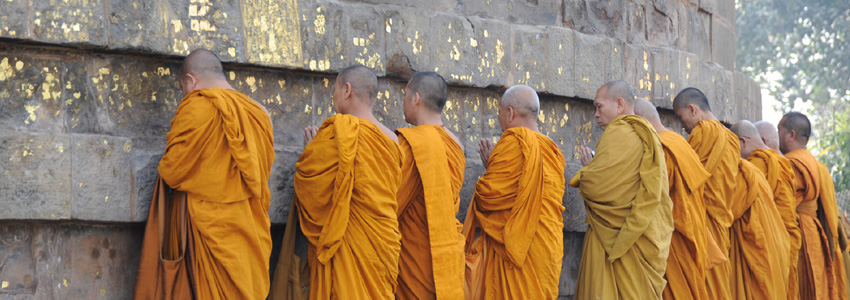
Emperor Ashoka, the prime historical emissary of Buddhism, built grand stupas and Buddhist monasteries commemorating the spiritual significance of the land. In fact, India’s National Emblem, a sculpture of four lions standing back to back on a base on which the wheel of Dharma is cast, is derived from the famous Ashoka pillar at Sarnath. Following in his footsteps, most Buddhist countries in the world have today erected monasteries and memorials in honour of Buddha and his iconic first sermon.
Lord Buddha is said to have cited Sarnath as one of the key places Buddhist seekers ought to travel to if they embark on pilgrimages. In fact, travel accounts of Chinese traveler Huien Tsang of the year 640 AD say that a hundred metre high stupa adorned its premises while over 1500 monks lived in the many monasteries built around Deer Park. Sarnath was slowly lost to the memories of the world with the decline of Buddhism and attacks on its sacred shrines by various invaders. Rediscovery of the site occurred with archeological expeditions conducted in the year 1835.
Museum in Sarnath (Sarnath Archeological Museum)
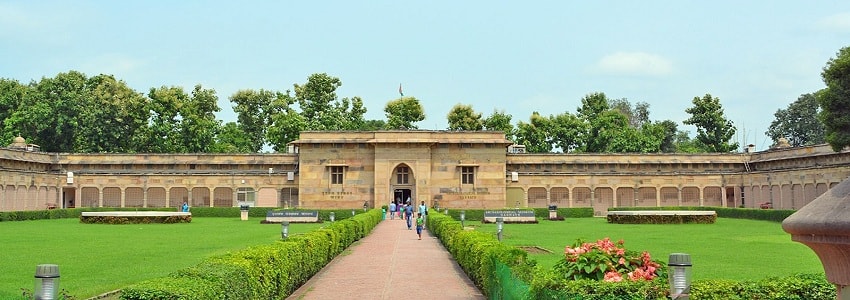
Do not be fooled by the rather modest external appearance of museum in Sarnath. The hundred year old building houses some of the most historically important artifacts excavated from Sarnath’s soil. The chief of its attractions is the original Ashoka pillar’s capital. Relics depicting Buddha’s life from the Gupta era, railings from Sanga era, beautiful statues of Hindu deities and Buddhist Goddess of Compassion, Tara are just some of the elaborately ornate artifacts the museum offers.
Archeological and sacred ruins of Sarnath
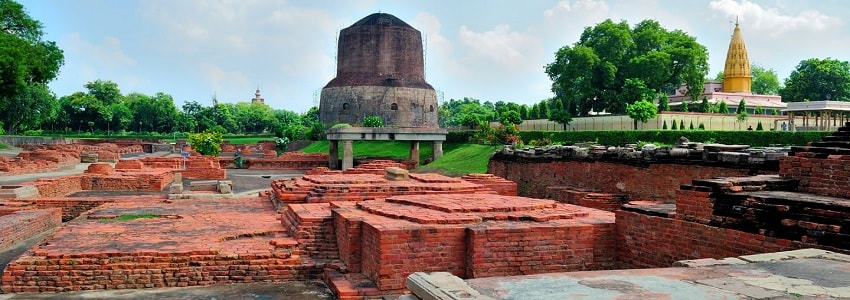
The series of archeological expeditions made in the soil right from the first one conducted by General Alexander Cunnigham in the mid nineteenth century has unearthed relics that belong to different eras in history. Being able to enjoy a first-hand inspection of several of these historically salient artifacts is a true privilege to any history lover. The remains of myriads of monasteries, temples and stupas the land has hidden in her bosom is a testimony of the richness of its spiritual heritage.
Some of these are:
- Dhamek Stupa – the 43.6 high stupa in Deer Park commemorates the site of Buddha’s first sermon. Sights of Buddhist monks circumambulating the structure whilst twirling bells and dorjes in their hands are common. Their chanting and walking around its circumference is suggestive of their belief that Sri Buddha is the center of the entire universe.
- Chaukhandi Stupa – An octagonal tower built by Akbar in honour of his father’s visit marks this spot. This rather later addition has been made on the precise spot at which Buddha is said to have reunited with the five ascetics who would later become his disciples.
- Mulagnadhakuti Vihara – Allegedly, Buddha spent an entire rainy season following his first sermon in this temple whose remains exist to this day.
- Dharmarajika Stupa – The remains of a pre-Ashokan stupa in the Deer Park.
- The base of Ashoka Pillar – Damaged during a Turkish invasion, the base of the Ashoka pillar still stands at its original location. It is noteworthy that its capital from which the national emblem is derived, preserved in the Sarnath Archeological Museum, survived a 45 feet fall to the ground!
- Bodhi Tree – The Bodhi tree in its precincts is said to be a successor of the revered Bodhi Tree in Bodhi Gaya.
On the many names of Sarnath
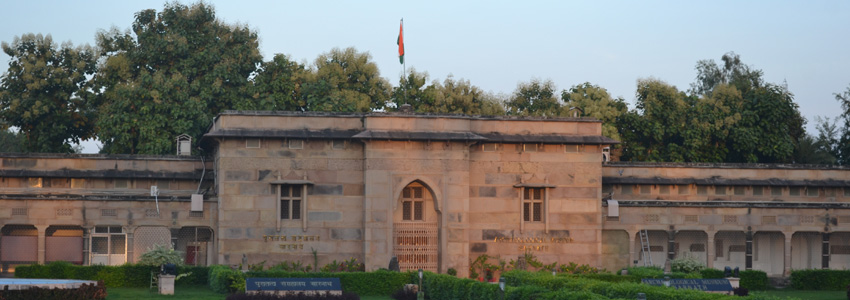
Sarnath is addressed by many names, the most famous of them being Isipatana. It is formed of two Pali words, isi and patina. Isi means saint in English and rishi is Sanskrit. The name translates as ‘the land at which holy men(isi) land. Other names by which the site is addressed include Mrigadava, Rishiupattana and Migadaya. The origin of the name Sarnath is attributed to Saranganatha in Sankrit, which translates to ‘Lord of the Deer’. It is said that the land of the Deer Park was maintained by King of Kashi, as a safe haven for deer.
Many Temples and Monasteries in Sarnath – cultural expedition of the whole of Asia
What makes a visit to Sarnath truly remarkable is that it leaves one with the feeling of having completed a cultural expedition across Asia. The credit goes to the many picturesque temples erected on its precincts by different Buddhist countries replicating their own traditional styles of architecture.
- Mulgandha Kuti Vihar – Built by Maha Bodhi Society of Sri Lanka, the walls of this monastery features jaw-dropping artistry of Kosetsu Nosu depicting the many scenes from Buddha’s life.
- Chinese Temple and monastery – A rather austere Temple among its counterparts, one enters its serene precincts by walking through two red pillars.
- Burmese temple and Monastery – Lush green gardens, many temples of Lord Buddha and triple pagoda roof are its major highlights.
- Thai Temple and Monastery – Wat Thai, the Thai Temple stands beautiful with its red walls and white roofs set against the verdant background of its scenic gardens. You ought not to miss the serenity the lush green gardens evoke as well as the gigantic 80 m tall Buddha statue.
- Japanese Temple and Monastery – The rather simple building features a beautiful statue of Lord Buddha, carved of sandalwood, in a reclining pose.

